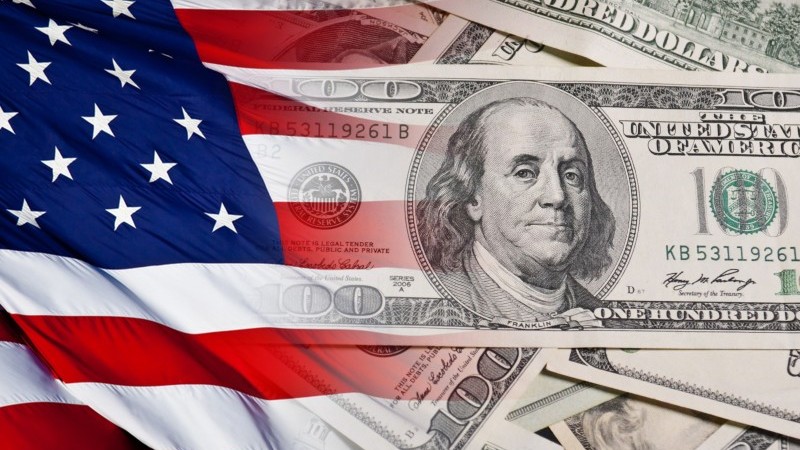It was reported overnight that Israel launched a retaliatory strike on the Iranian city of Isfahan. For now, it appears that Iranian media are downpla
It was reported overnight that Israel launched a retaliatory strike on the Iranian city of Isfahan. For now, it appears that Iranian media are downplaying the size of the attack, and reassured that nuclear facilities have not been affected. The news has had ramifications for different asset classes already, although the initial impact has partly been unwound in the early morning hours. After spiking above $90/bbl, Brent is trading at $89 at the time of writing, while the Nikkei dropped to as much as 3.5% but has now trimmed losses to 2.4%. Equity futures point to a -0.5/-1.0% open across US and European main stock indices while US 10-year treasury yields briefly traded at 4.50% before rising back to 4.55%.
The FX market has mirrored the initial large impact and subsequent partial reversal observed across other asset classes. Safe havens are in demand, led by CHF, then JPY and the dollar, while antipodeans are the biggest underperformers. Markets will be monitoring today’s headlines very closely, trying to gauge the risk of the Iran-Israel tensions spiralling into a fully-fledged conflict in the region.
If we see a further escalation, we think NZD, AUD, SEK and NOK could lead the losses in G10. The correlation of NOK and AUD with a potential spike in commodity prices is often overshadowed by the risk-sentiment factor. In the high-beta space, CAD should emerge as a relative outperformer, as it would benefit from the higher oil prices and its geographical distance, and also thanks to greater correlation with strong US data and USD. The yen can benefit from a combined effect of lower rates and risk correction, as well as potential acceleration in the Bank of Japan tightening cycle if energy prices raise inflation concerns. The Swiss franc is also in a very good position to extend its rebound, particularly given its previous role as a hedge during the 2022 European energy crisis.
JPY and CHF could gain more than the dollar in a geopolitically-driven risk-off scenario, but the dollar may be able to hold on to gains more easily once some geopolitical risk is priced out. That is because markets have received greater incentives to turn structurally more bullish on the dollar of late. A return to $100+ in oil prices may convince the Fed to throw in the towel on hopes of monetary easing for now, and a potentially magnified impact across EM currencies of geopolitical risk would fuel a substantial rotation back to the dollar. Some of the EM strength had been triggered by popular carry trades, which aren’t only being unwound due to Middle East turmoil, but fundamentally as the Fed is on a diverging path from other dovish central banks.
Today, expect geopolitical news to dominate. The US calendar is incidentally empty, and the shift in the Fed narrative to a more hawkish stance is hardly surprising at this point. It remains to be seen, however, how far FOMC members want to push the narrative of potential hikes at this point. The Philadelphia Fed Business Outlook survey – released yesterday – jumped to the highest in around two years, and while many other surveys are pointing to a less bright picture, the latest hard data has endorsed the few optimistic activity surveys, if anything. Risks remain skewed to a rally to 107.0 in DXY.
Francesco Pesole
think.ing.com

COMMENTS